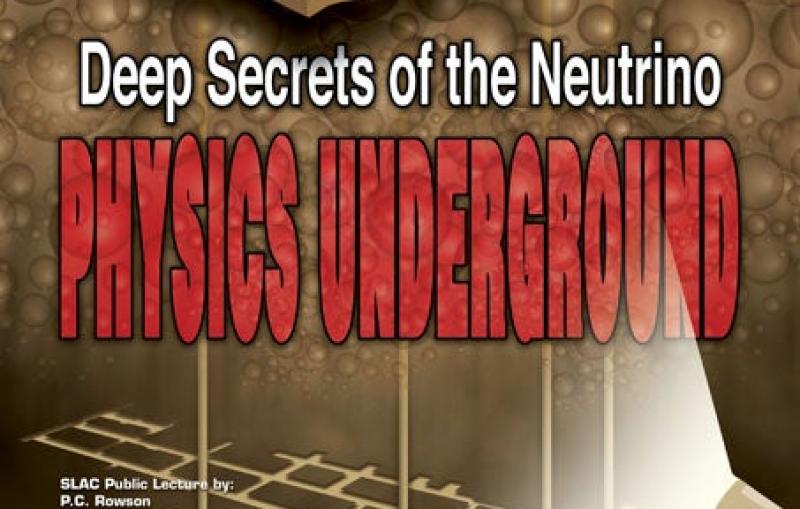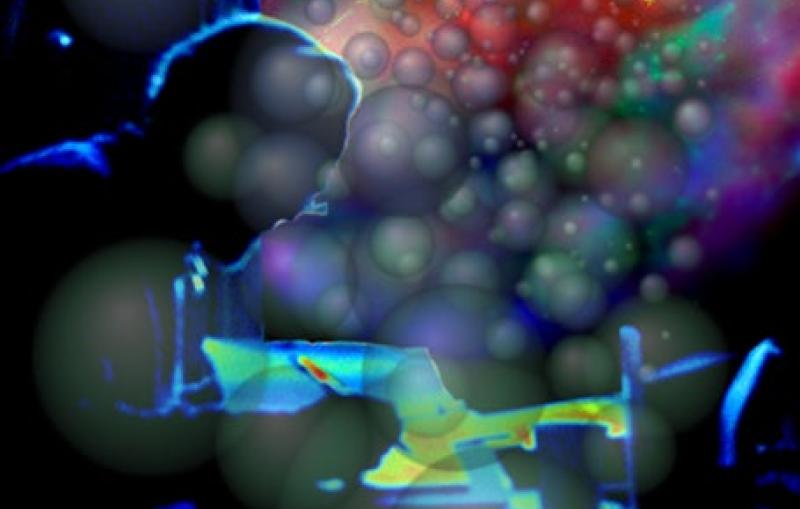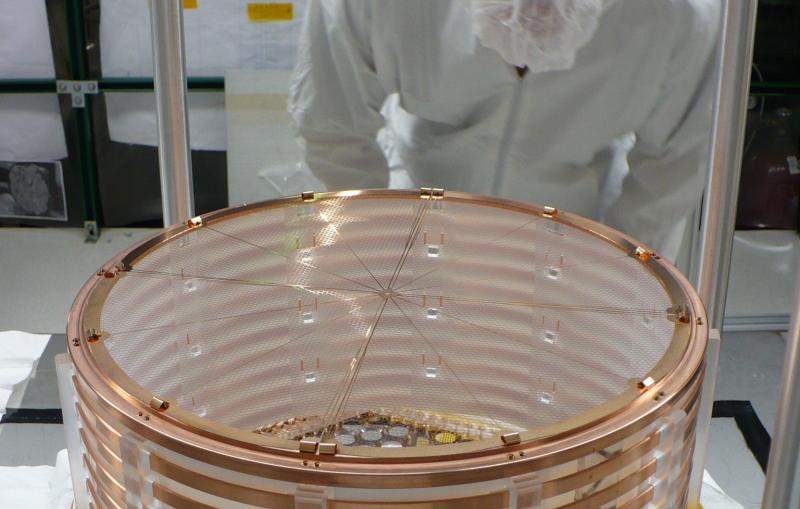




Neutrinos are among the most mysterious particles, but they are difficult to study – they can pass through lead nearly 6 trillion miles thick without leaving a trace. SLAC researchers want to answer fundamental questions about neutrinos, including whether a new type of neutrino could be linked to dark matter and whether neutrinos explain why there is more matter than antimatter in the universe.
Related links:
Physics of the Universe
Elementary particle Physics




